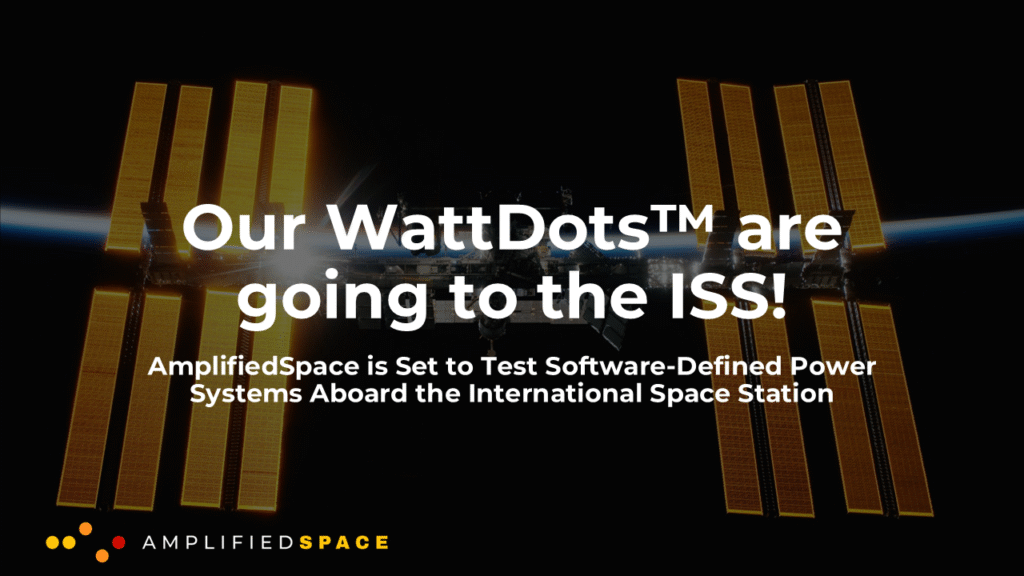LAFAYETTE, CO — AmplifiedSpace, a leading innovator in spacecraft power systems, has been selected to test its software-defined power system technology aboard the International Space Station (ISS). This milestone is made possible through a signed agreement from the Center for the Advancement of Science in Space (CASIS), manager of the ISS National Laboratory, to utilize the orbiting outpost.
This project supports the ISS National Lab’s mission to enable space-based research and technology development that brings benefits back to Earth.
AmplifiedSpace’s digitally reconfigurable power system offers a universal solution to power a variety of payloads with different requirements—eliminating the need for mission-specific power infrastructure and reducing time and cost for spacecraft development.
The groundbreaking project will demonstrate how a single spacecraft power system—configurable via software—can adapt in real time to power a variety of devices with different voltage and current needs. Unlike traditional power systems, which must be custom-built for each payload, AmplifiedSpace’s flexible system can be reconfigured with simple software commands. This capability allows for more flexible, cost-effective, and rapid deployment of spacecraft and space-based research.
Once validated in orbit, the technology will support a wide range of Earth-benefiting applications—accelerating satellite production, supporting on-demand space testing services, and facilitating next-generation space exploration.
“The future of space demands faster, smarter systems,” said Jerome Hittle, Founder and CEO of AmplifiedSpace. “This demonstration marks a critical shift—from rigid, one-off designs to adaptable power solutions that can keep pace with the evolving needs of research, industry, and exploration.”
Research reported in this press release was supported by the Center for the Advancement of Science in Space, Inc. and NASA under agreement number 80JSC018M0005. Any opinions, findings, and conclusions or recommendations expressed in this material are those of the author(s) and do not necessarily reflect the views of NASA or CASIS.

